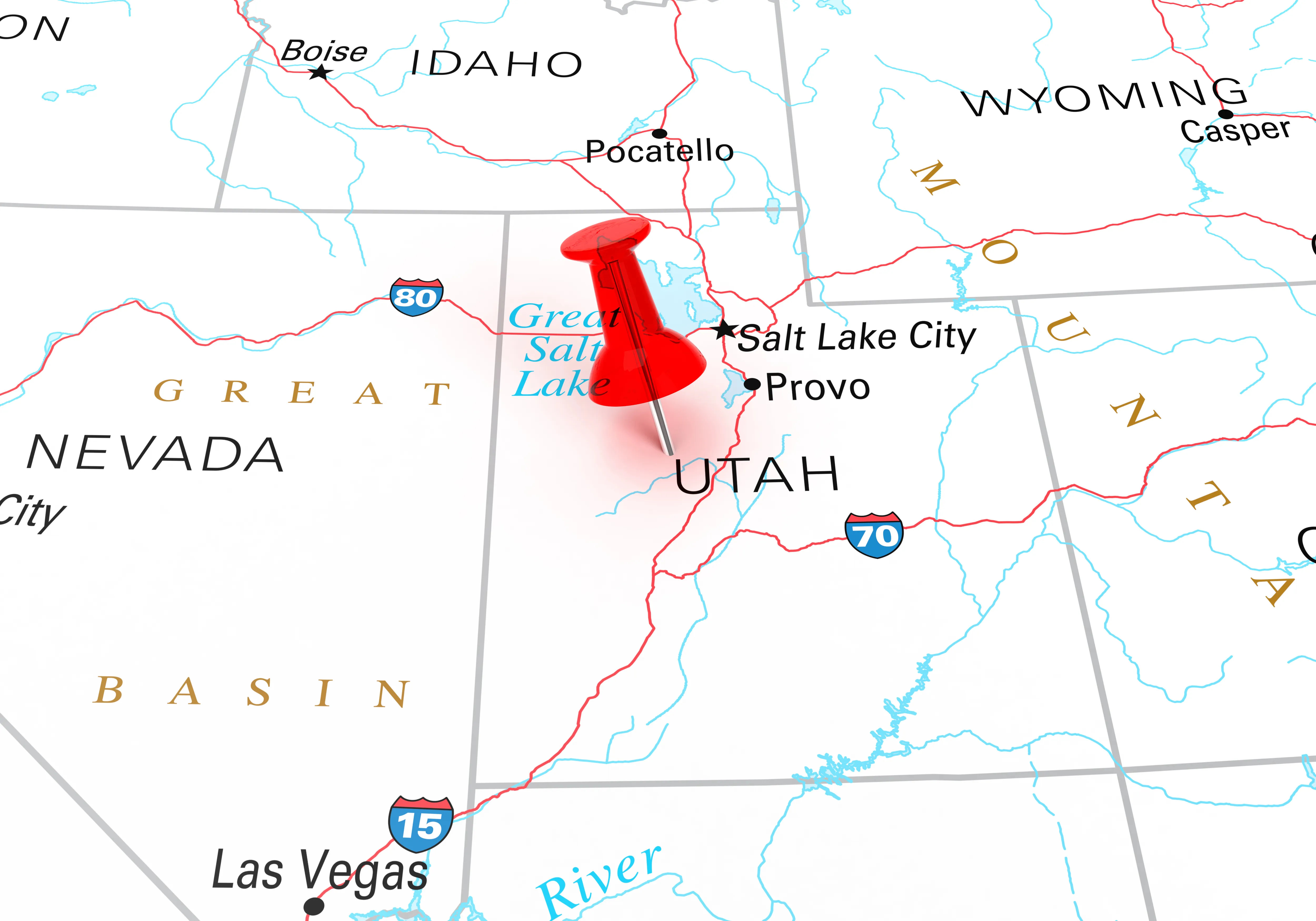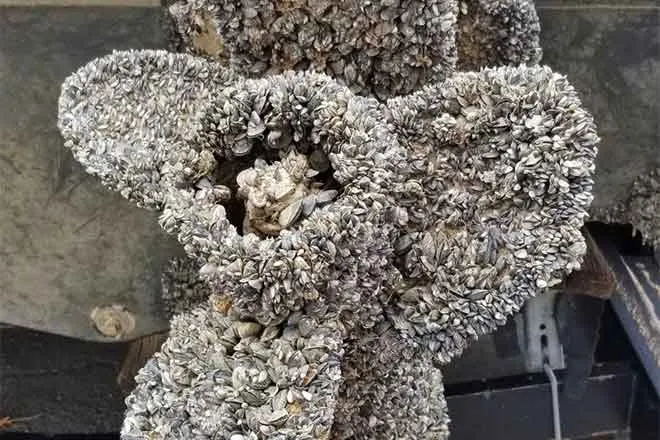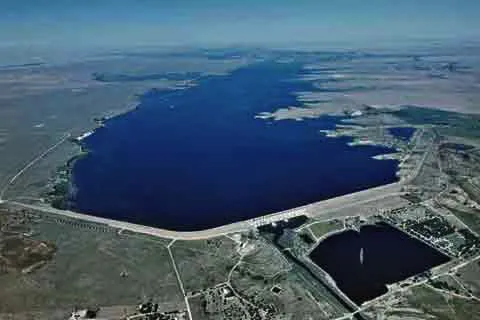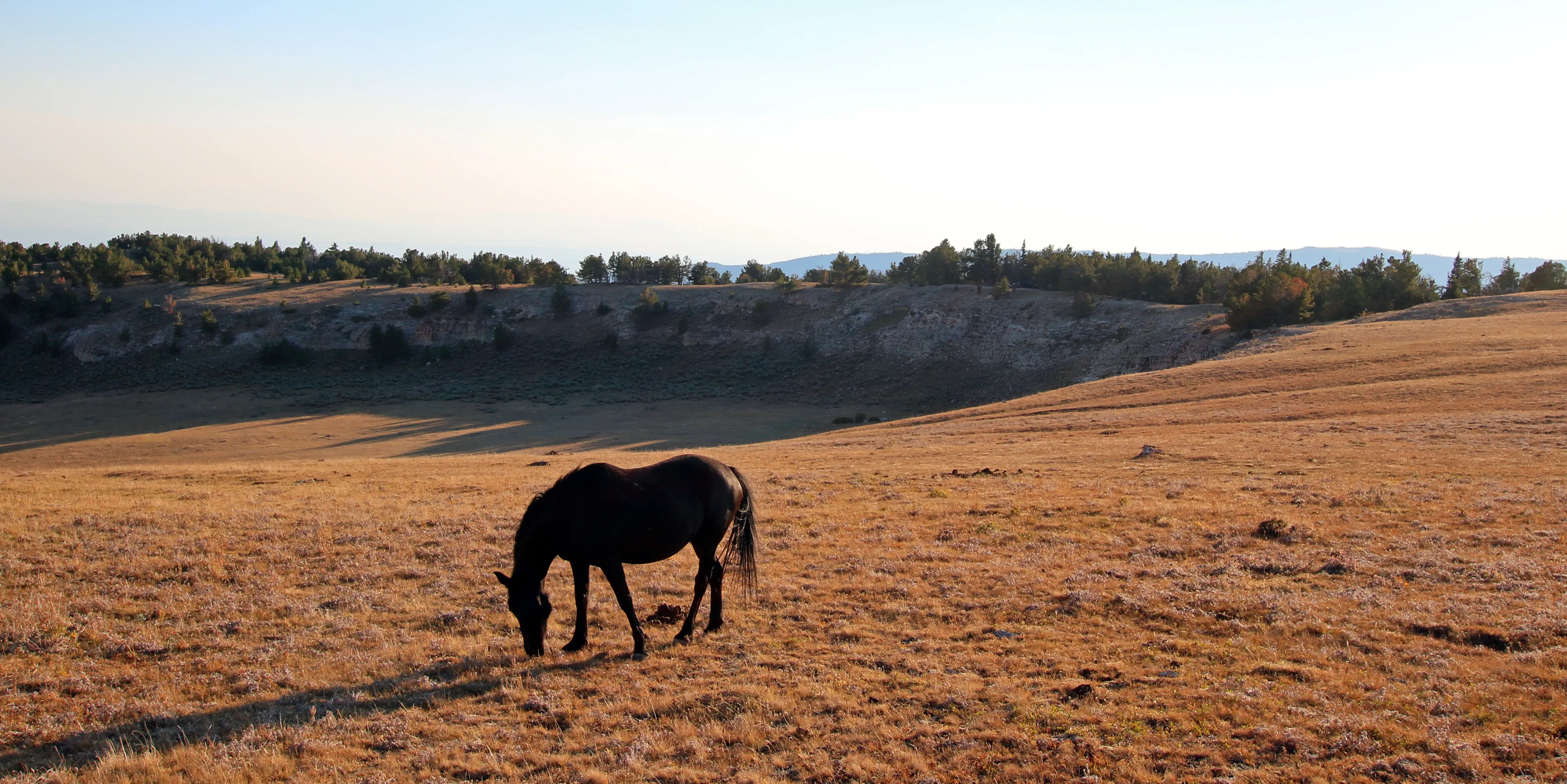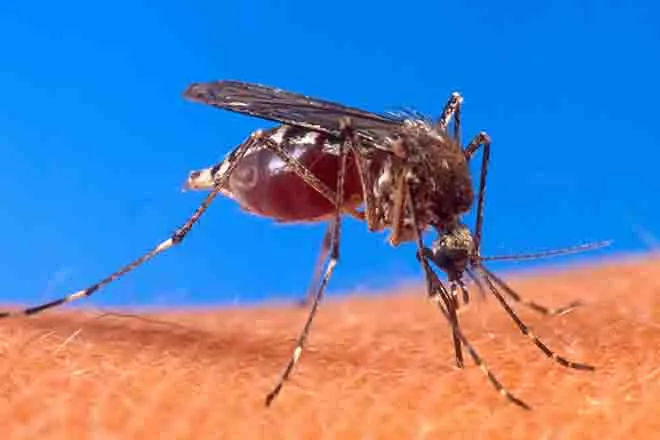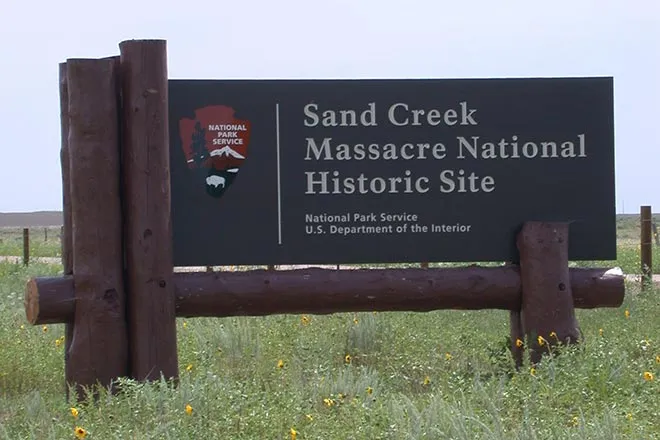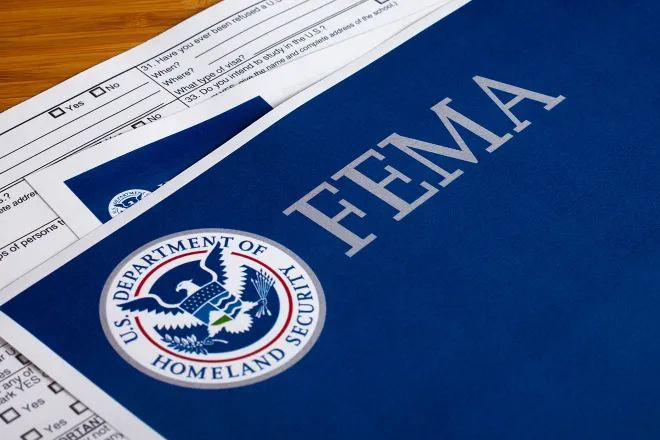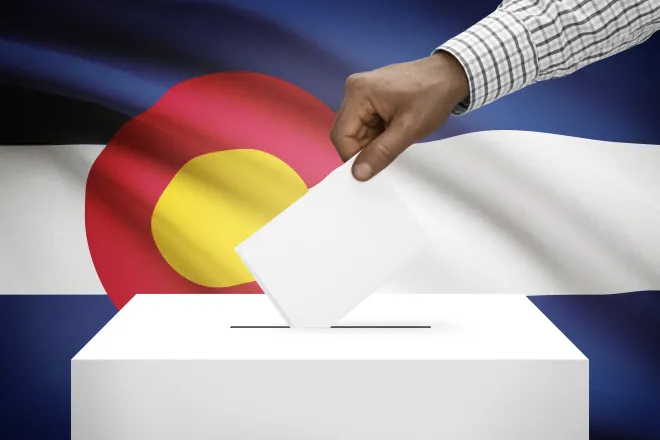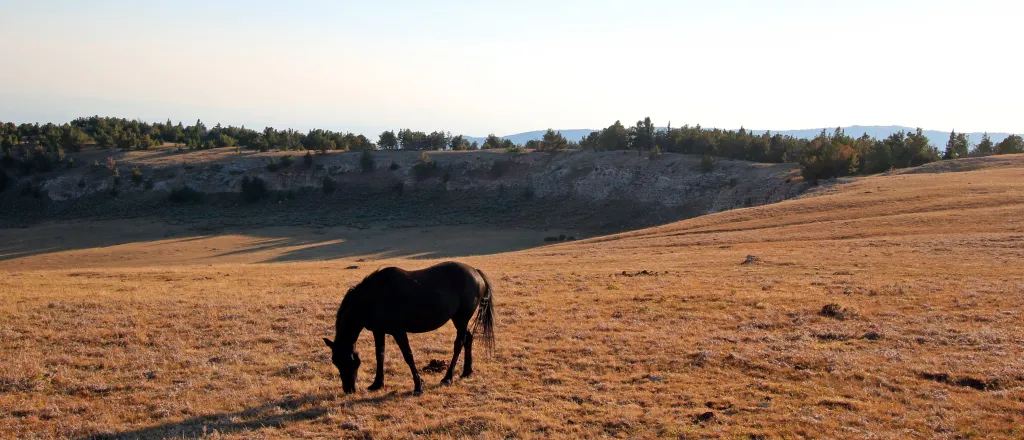
BLM says costs of curbing wild horse overpopulation to sustainable levels ‘could be staggering’
(The Center Square) – The costs of reigning in the wild horse and burro populations across the country’s public rangelands “could be staggering,” federal land managers said in a recent report.
The report, provided by the U.S. Bureau of Land Management to U.S. Congress last week, estimates a $900 million price tag to stabilize on-range wild horse and burro populations in the first five years of an implemented plan, with sustainability taking up to 20 years to achieve.
“The harm inflicted on public lands from excess wild horses and burros compounds yearly as on-range population growth rates and off-range holding costs outstrip the BLM’s ability to manage herds according to the intent of the Wild Free-Roaming Horses and Burro Act of 1971, as amended,” the analysis said.
An estimated 88,000 wild horses and burros roam public rangelands as of March 1, 2019, according to the most recently available population estimate.
The BLM’s analysis added that a sustainable population for rangelands is 27,000.
The federal land management agency “anticipates it will take up to 20 years to reach the [Appropriate Management Level] of 27,000 wild horses and burros on the range across the West by annually removing 18,000 – 20,000 animals.”
The costs of doing so, however, “could be staggering.”
“The analysis shows that the overall funding requirements could be staggering; they start at almost $117 million in the initial year and increase over time with inflation and additional on-range and off-range activities,” the bureau said.
One population reduction strategy the BLM says it has had success with is the Adoption Incentive Program (AIP), which it launched in fiscal year 2019.
The incentive program pays qualified adopters $500 within 60 days of adopting and another $500 within 60 days that the animal is titled, with adoptable animals coming from BLM facilities rather than directly from the range.
The program also saves taxpayer dollars, the agency and some proponents of the program say.
For each animal the agency is able to place in private care, it sees $24,000 in holdings. The BLM says it has around 50,000 animals in off-range facilities, which costs $50 million a year in maintenance.
Hannah Downey, policy director for the Property and Environmental Research Center, said those incentivized cost savings make sense to reduce the pressure that wild horse and burro populations have put on rangelands.
“The overabundance of wild horses and burros is harming our western rangelands and costing taxpayers $80 million each year,” she said. “It’s encouraging that the BLM is planning to continue its Adoption Incentive Program to address the problem. In its first six months, the program was a key reason that adoptions increased by more than 60 percent.”
“It makes sense to spend $1,000 upfront to save $50,000 over a horse’s lifetime,” Downey added. “Getting more animals off the range through adoptions will relieve pressure on our public lands, saving horses from starvation and improving the health of western ecosystems and wildlife habitat.”
BLM said Thursday it adopted out 6,026 animals in the first full year of the program, 91 percent more than 3,158 adopted out the previous year.
“Placing animals into private care is a vital component of our mission to restore and maintain balance to America’s public lands where extensive wild horse and burro overpopulation threatens ecosystems, economies and even the health of the herds themselves,” BLM Deputy Director for Policy and Programs William Pendley said in a statement. “The response we’ve seen to this incentive reveals how much the American people value wild horses and burros and understand the importance of BLM’s mission to properly manage them.”

